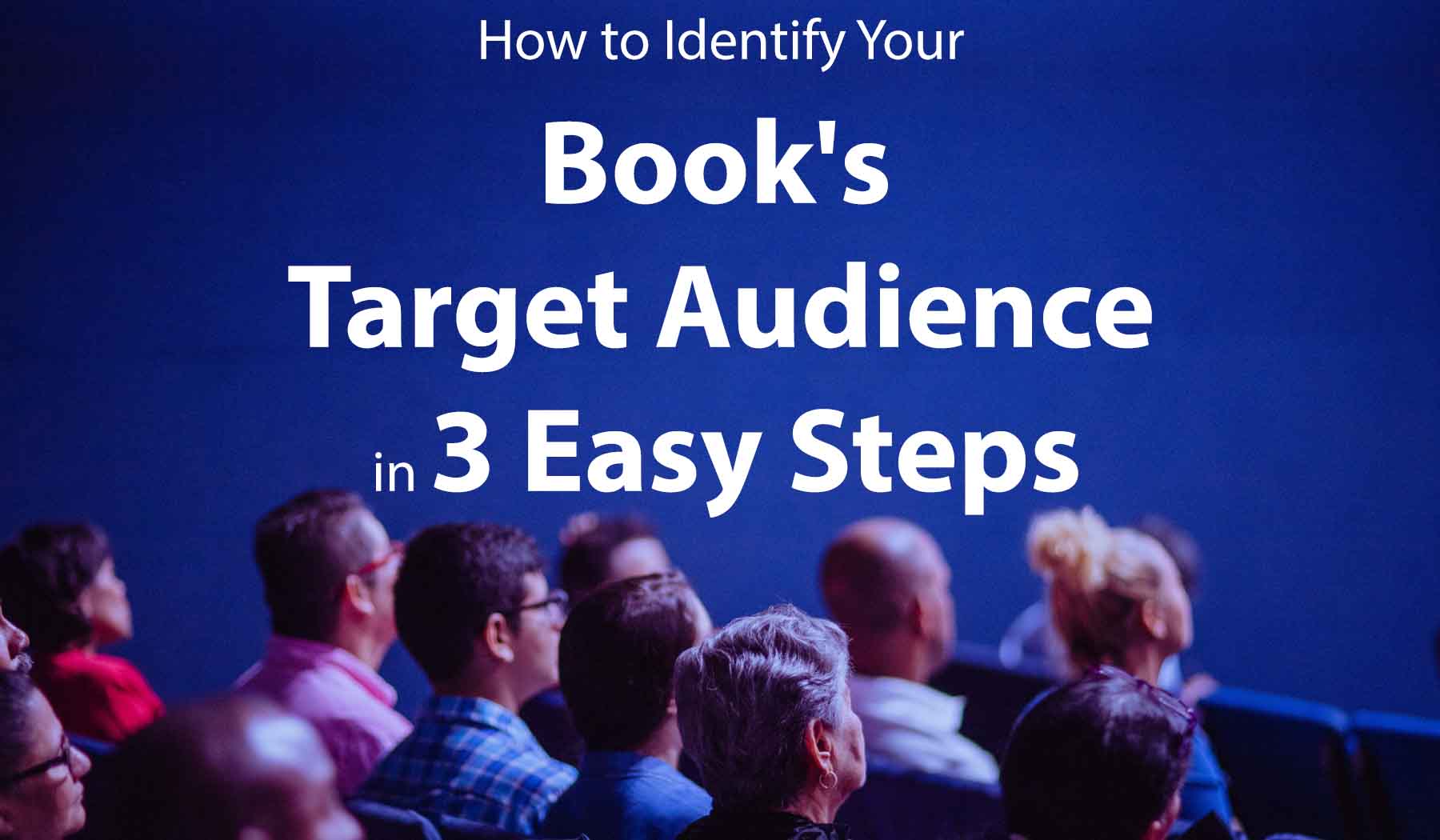As an author, one of the most crucial steps in the book publishing process is identifying your target audience.
Understanding who your book is intended for will not only help you craft a more focused and effective marketing strategy but also increase your chances of connecting with the right readers.
Let’s explore three practical steps to help you identify your target audience and position your book for success.
Step 1: Define Your Book’s Genre and Category
The first step in identifying your target audience is to define your book’s genre and category.
This is essential as it will determine the type of readers who are most likely to be interested in your book.
Follow these steps to define your book’s genre and category:
- Research Similar Books: Begin by researching books that are similar to yours in terms of theme, plot, or writing style. Look for books that have achieved success and have a dedicated readership.
- Analyze Bestseller Lists: Study the bestseller lists in your book’s genre and category. Pay attention to the types of books that consistently rank high and gather information about their target audience.
- Consider Your Unique Angle: Evaluate the unique aspects of your book that set it apart from others in the same genre. Identifying these unique selling points will help you pinpoint a specific target audience that will resonate with your book.
Step 2: Create Buyer Personas
Once you have a general understanding of your book’s genre and category, the next step is to create buyer personas.
Buyer personas are fictional representations of your ideal readers and provide valuable insights into their demographics, preferences, and behaviors.
Follow these steps to create effective buyer personas:
- Demographic Information: Start by defining the demographic characteristics of your target audience, such as age, gender, location, and occupation. This information will help you narrow down your focus.
- Psychographic Insights: Dive deeper into the mindset of your target audience by understanding their motivations, interests, values, and hobbies. Consider what challenges they may face and how your book can address those challenges.
- Media Consumption Habits: Explore the media channels and platforms your target audience uses to discover books and engage with authors. This includes social media platforms, online communities, book clubs, and literary events.
- Feedback and Reviews: Analyze reviews and feedback from readers who have enjoyed books similar to yours. Look for common themes, preferences, and expectations that can guide you in understanding your target audience better.
Step 3: Conduct Market Research
The final step in identifying your target audience is to conduct thorough market research.
This step will validate your assumptions and provide you with actionable insights.
Here’s how you can conduct effective market research:
- Surveys and Interviews: Create surveys or conduct interviews with your potential readers to gather direct feedback. Ask questions about their reading habits, preferences, and what they look for in a book.
- Engage with Online Communities: Participate in online forums, social media groups, and book-related discussions to engage with your target audience directly. Observe their conversations, ask questions, and gather insights.
- Analyze Competitors: Study the marketing strategies of authors who write in a similar genre. Examine their websites, social media presence, and promotional activities to gain inspiration and identify potential gaps in the market.
- Iterative Approach: Keep refining and adjusting your understanding of your target audience as you gather more information. The process of identifying a target audience is not static, and it’s essential to adapt and iterate based on your findings.
By following these three steps – defining your book’s genre and category, creating buyer personas, and conducting market research – you will be well on your way to identifying your target audience for your book.
Once you have a clear understanding of your target audience, you can tailor your marketing efforts to reach and engage with them effectively.
Here are a few additional tips to consider:
- Craft Compelling Messaging: Use the insights you’ve gained about your target audience to create messaging that resonates with them. Highlight the aspects of your book that align with their interests and values. This will grab their attention and increase the likelihood of attracting their interest.
- Refine Your Book’s Packaging: Pay attention to the visual elements of your book, such as the cover design and title. Ensure that they appeal to your target audience and accurately represent the genre and tone of your book. A well-designed cover can significantly impact a reader’s decision to explore further.
- Leverage Social Media: Utilize social media platforms to connect with your target audience directly. Share engaging content related to your book’s genre, interact with readers, and participate in conversations within relevant communities. Building a strong online presence will help you establish a rapport with your audience.
- Collaborate with Influencers: Identify influencers, bloggers, or reviewers who cater to your target audience. Reach out to them and offer review copies or guest blogging opportunities. Leveraging their existing audience can help you reach a wider group of potential readers.
- Engage in Book Events and Literary Festivals: Participate in book signings, literary festivals, and events relevant to your genre. These platforms provide opportunities to connect with readers who are specifically interested in your type of book.
- Continuously Analyze and Adapt: Monitor the performance of your marketing efforts and track the engagement of your target audience. Pay attention to metrics such as book sales, website traffic, and social media engagement. Adjust your strategies based on the data you gather to optimize your reach and impact.
Remember that identifying a target audience is an ongoing process, and it may evolve over time.
As you receive feedback, engage with readers, and gain more insights, you can refine and expand your understanding of your target audience.
By consistently evaluating and adapting your approach, you can effectively reach the readers who are most likely to resonate with your book.
In conclusion, identifying your target audience is a critical step in the book publishing process.
By following these three steps – defining your book’s genre and category, creating buyer personas, and conducting market research – you can gain a deep understanding of your target audience and position your book for success.
Tailoring your marketing efforts to reach and engage with your ideal readers will significantly enhance your book’s visibility and connect you with those who will appreciate your work the most.









